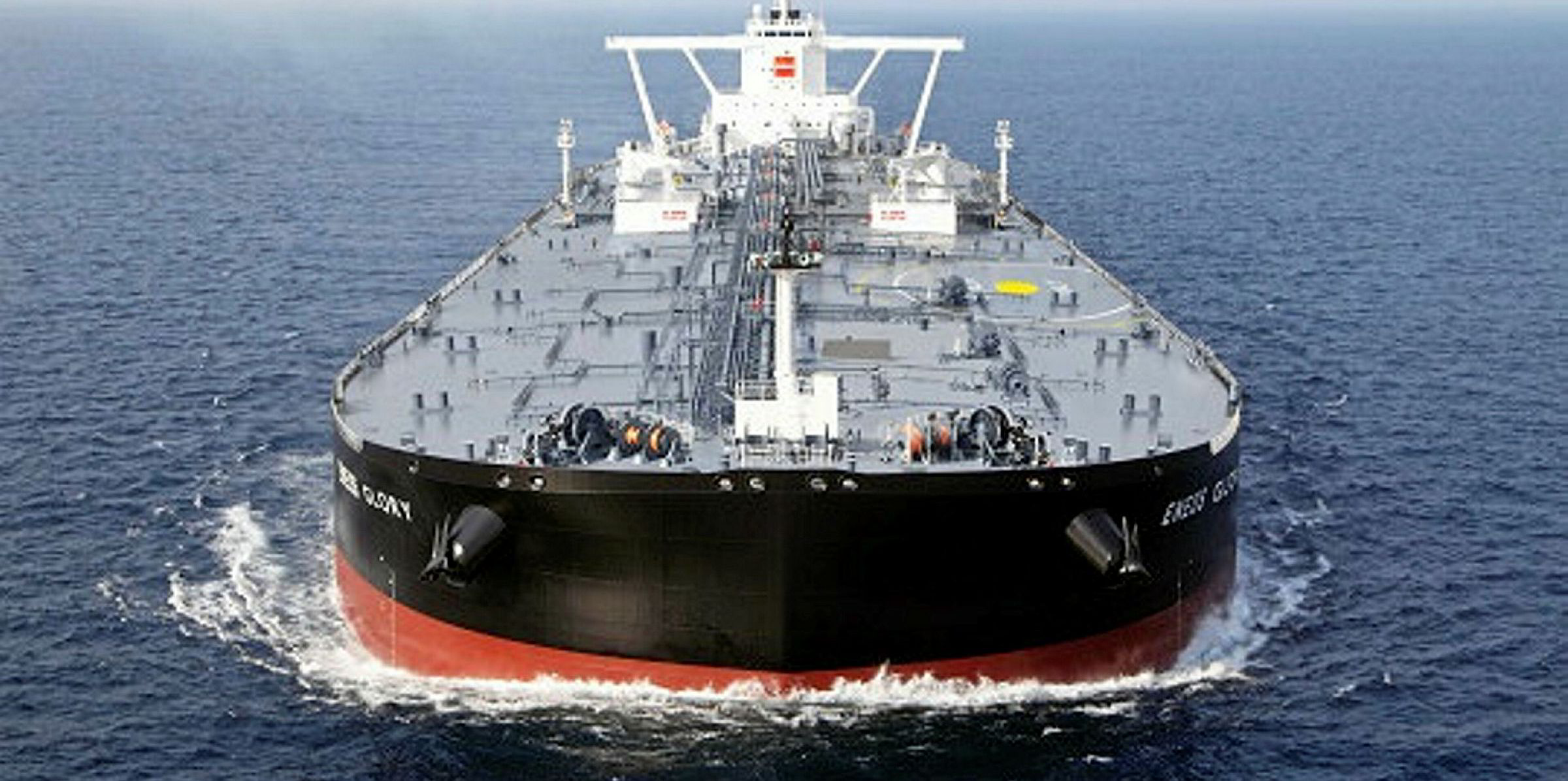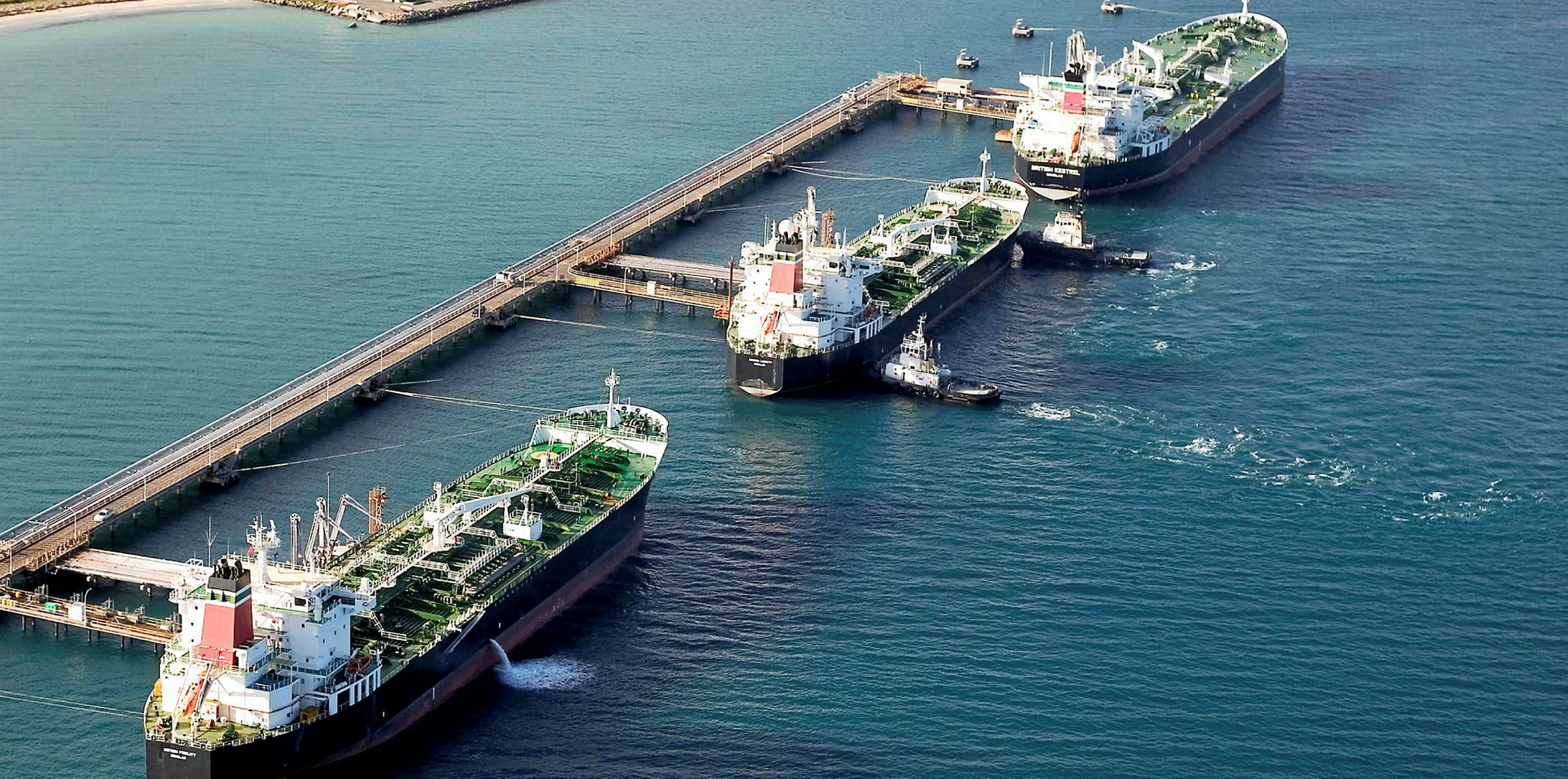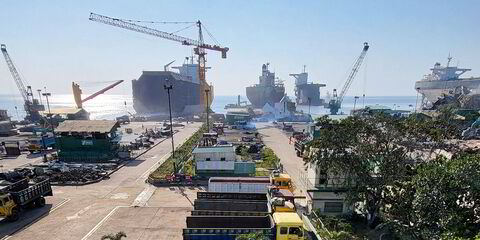Tanker markets are sailing into choppy waters in the coming months, with the pace of post-pandemic oil demand recovery the central focus of market participants.
For much of the second quarter, charter rates of crude and product tankers were boosted by a record level of floating storage amid a coronavirus-triggered collapse in oil demand.
But most analysts agree that fortunes are starting to change, with oil consumption slowly recovering as major economies relax their lockdown measures in phases.
“The short-term outlook for the tanker market is subject to uncertainty,” Clarksons Research said in its monthly tanker report.
“With seaborne oil trade coming under significant pressure, and floating storage levels potentially now starting to unwind, pressure on market conditions seems likely to build over coming months.”
The research arm of broker Clarksons paints a bearish picture of supply-demand fundamentals, estimating that crude tanker demand will register a 4.2% decline and supply will expand by 1.6% this year.
But the large tonnage required to store oil will likely arrest the slide in tanker earnings in the near term, with a fragile oil recovery not yet triggering a full-on destocking, according to some analysts.
“Crude floating storage is likely to remain in play over most of the third quarter with the forward curve in contango, though the curve will continue to weaken,” Anoop Singh, Braemar ACM Shipbroking's East of Suez tanker research head, told TradeWinds.
No incentive to draw crude from stocks
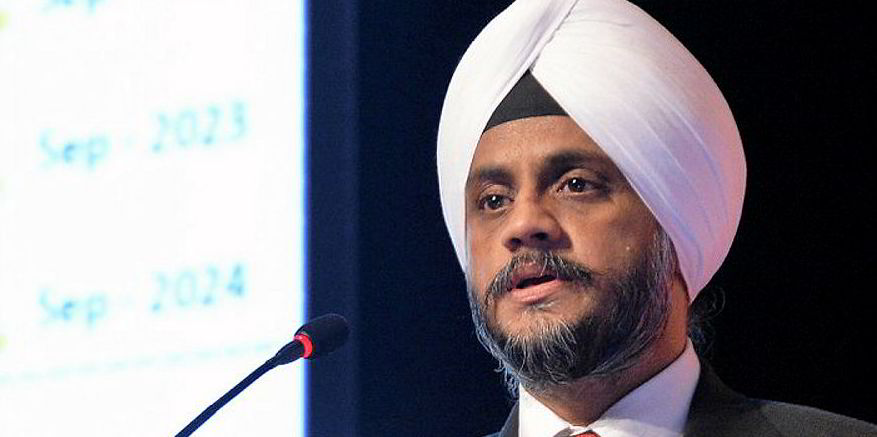
“There will be no incentive to draw crude from stocks. Therefore, higher refinery runs will be fed by higher imports instead, mostly from the West of Suez because Opec+ cuts will keep [capping] exports from the Middle East Gulf.”
Opec and its Russia-led allies have agreed to reduce crude output by 7.7m barrels per day (bpd) for the second half of this year, after slashing 9.7m bpd for May and June. Both represent historically deep cuts.
However, the third-quarter strength will fizzle out with the traditional tanker peak demand season expected to underperform this winter.
“By the fourth quarter, we expect a more broad-based recovery in oil demand to increase prompt prices and flatten the crude forward curve,” Singh said.
“A flat curve ... will likely encourage traders to move floating stocks to onshore tanks as space becomes more available. We expect this rotation from floating to onshore stocks to start early in the fourth quarter, bleeding more ships into the trading fleet.”
Moving floating stocks to onshore tanks
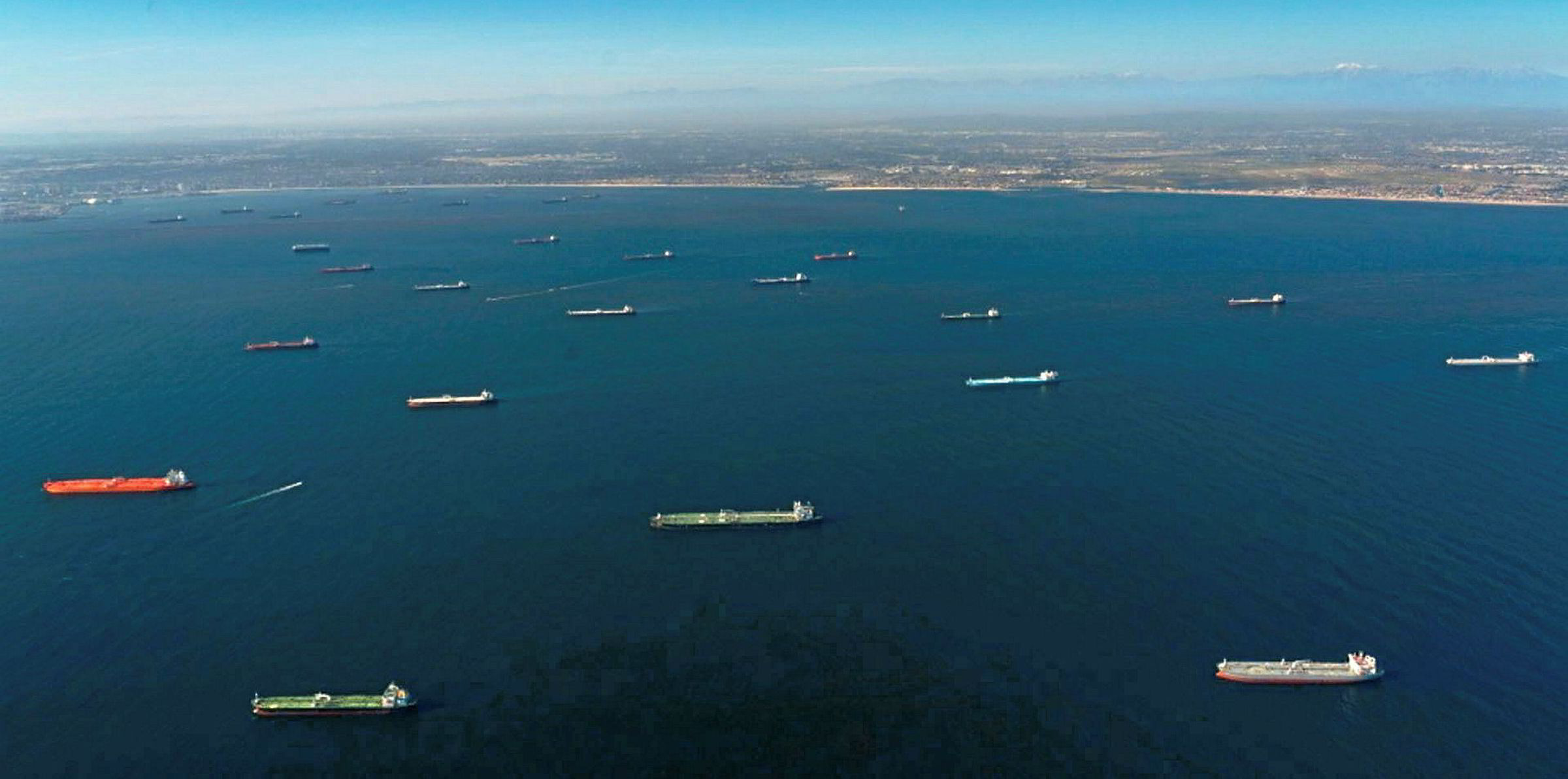
The disruption of seasonal patterns can also be seen in a recent Bloomberg survey of analysts, whose median of daily average VLCC earnings amounts to $57,000 in the third quarter and $50,000 in the fourth.
Daily suezmax earnings are forecast to reach $36,418 in the third quarter and $37,500 in the fourth, while aframaxes are predicted to reel in $30,000 per day in both quarters.
The product tanker sector is also experiencing short-term pessimism as the amount of tonnage tied up in floating storage begins to decrease.
According to Kpler, nearly 76m barrels of clean petroleum products were stored at sea as of Monday, down from an all-time high of 86.1m barrels on 22 May.
In a company presentation during its latest earnings call, Hafnia admitted that tanker earnings historically fall when the destocking process begins.
In the Bloomberg survey, the median forecast of daily LR2 product tankers earnings is $30,000 for both the third and fourth quarters. Daily LR1 earnings are $24,000 for the third quarter and $20,000 for the fourth, while MR earnings are $18,500 and $19,000, respectively.
Compared with crude tankers during the destocking cycle, product tankers could enjoy better earnings prospects when short-term imbalances of clean petroleum products emerge, according to some owners.
Soft recovery
But Clarksons Research predicts product tanker demand will still record a 6.4% fall on a full-year basis in 2020, with a soft recovery in oil consumption. Fleet growth in the sector is expected to be 0.8%.
It said: “While demand may have reached a floor in April, improvements in the short term are expected to be very measured, with demand for domestic and international travel remaining under significant pressure, and other economic impacts from the pandemic expected to continue to affect oil demand through the rest of 2020.”

